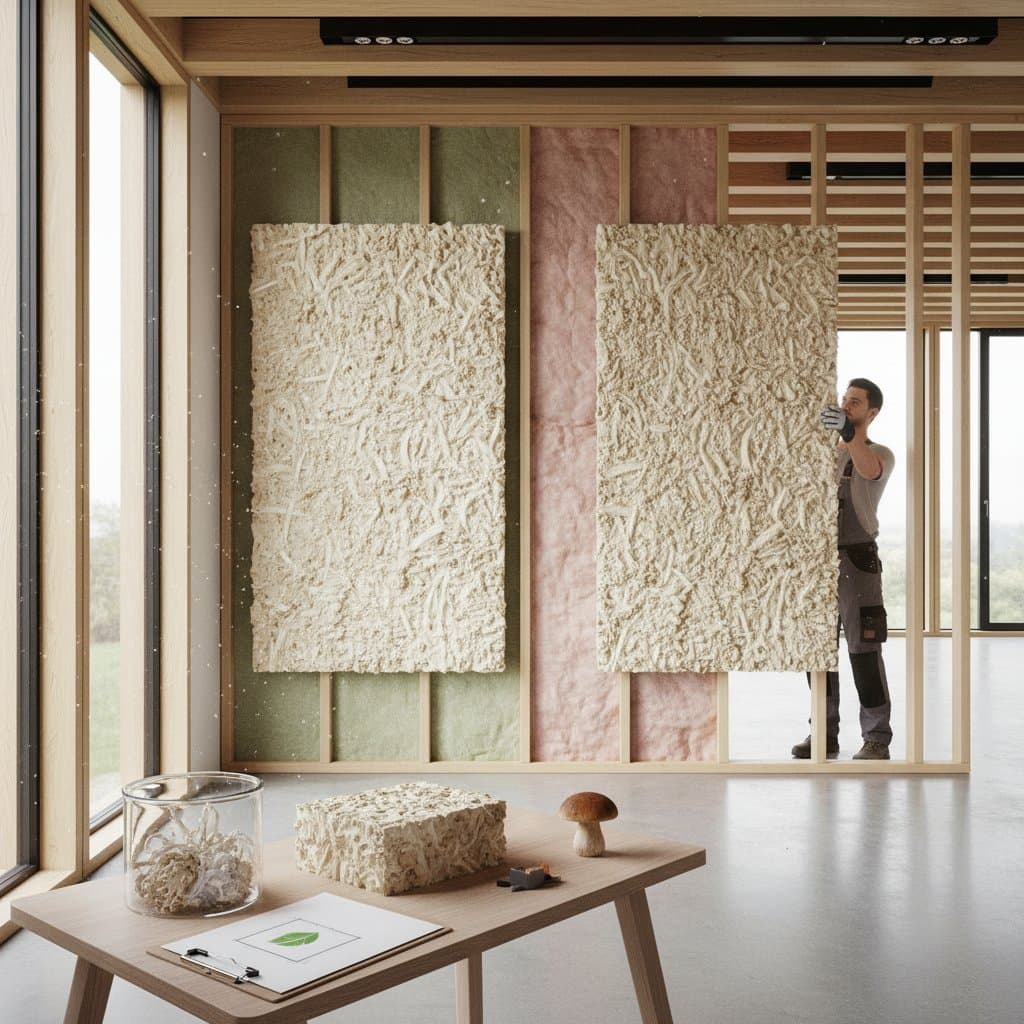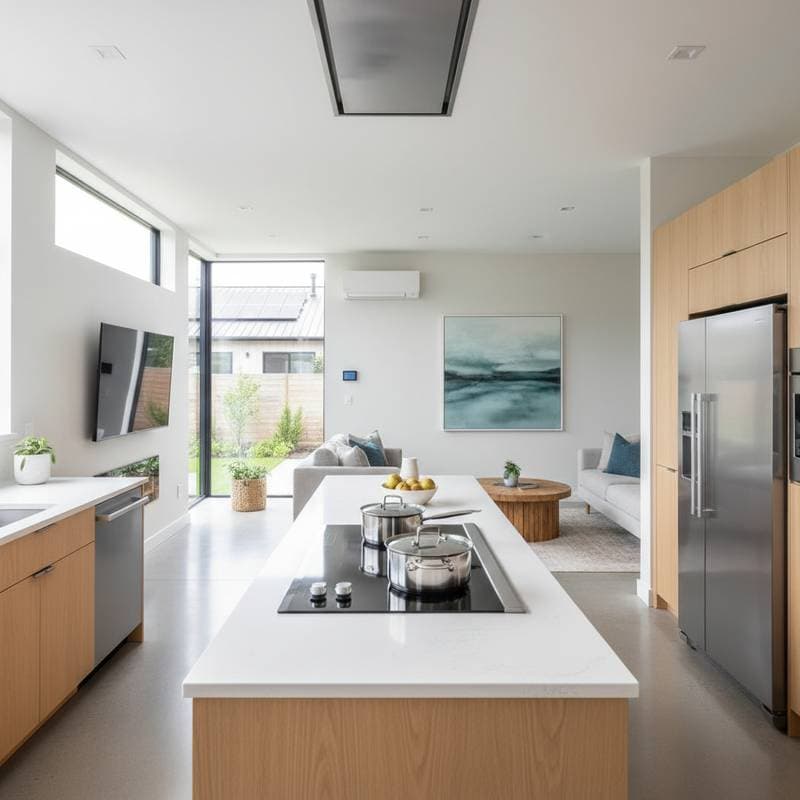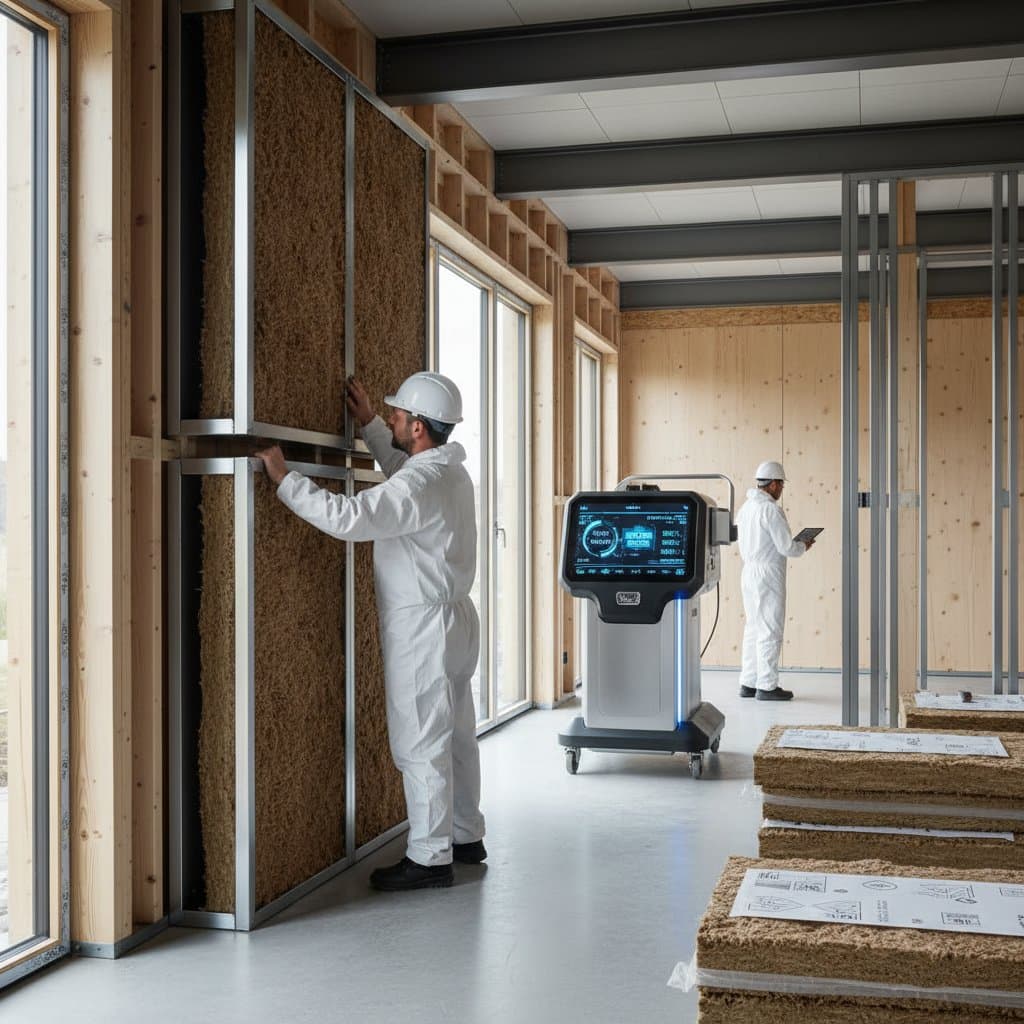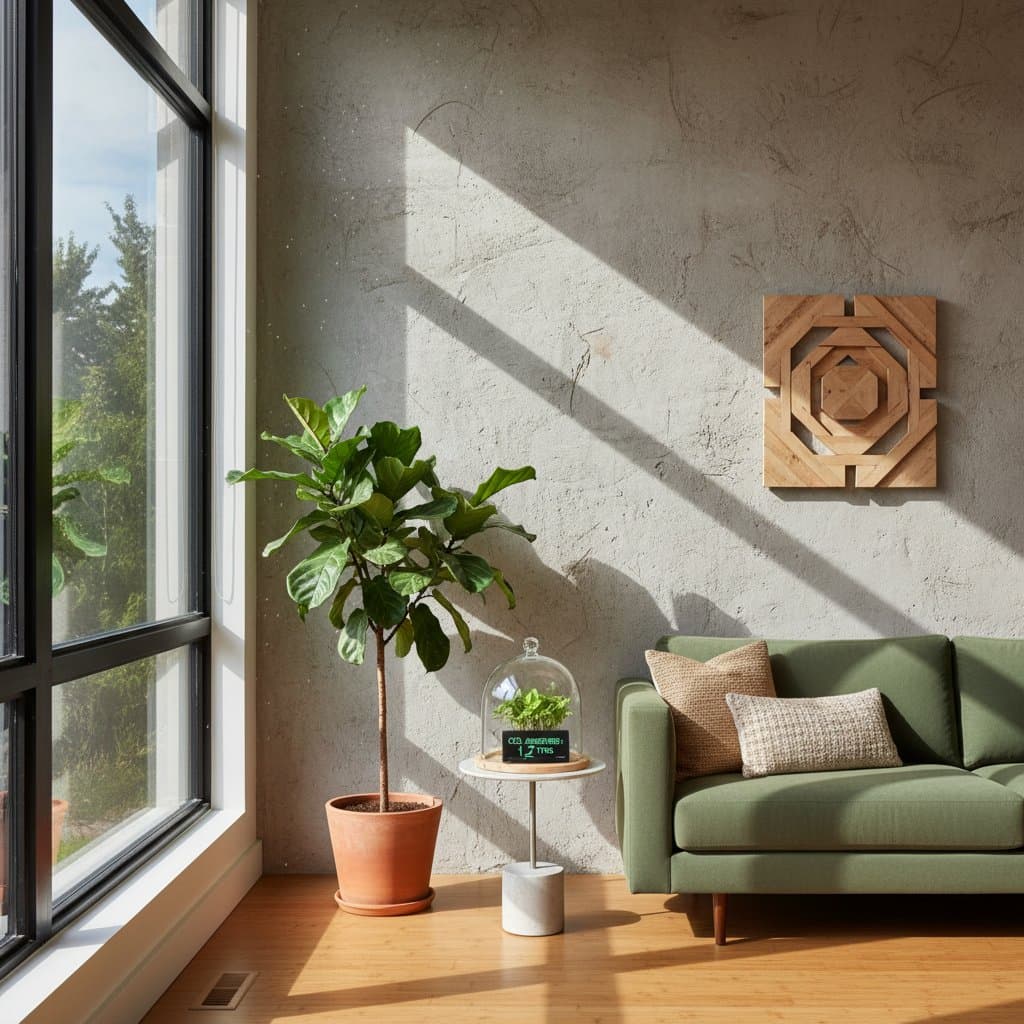Key Points
- Mycelium insulation, derived from the root-like networks of mushrooms, reshapes sustainable construction through renewable and biodegradable thermal protection.
- The material naturally regulates humidity and temperature to foster healthier and more stable indoor environments.
- Homeowners benefit from competitive pricing, enhanced indoor air quality, and superior fire resistance relative to standard insulation materials.
The Emergence of Mycelium Insulation
Imagine entering a home that maintains warmth during winter and coolness in summer, with an ambient scent of fresh earth instead of synthetic odors. As a green building expert, I have observed numerous homeowners grappling with the challenge of achieving comfort alongside environmental responsibility. Individuals frequently seek materials that insulate effectively without contributing to planetary harm. The solution emerges from mycelium, the intricate root system of mushrooms. When cultivated and processed, this dense, fibrous substance functions as a natural insulator, rivaling established fiberglass and foam alternatives.
Challenges of Traditional Insulation
Conventional insulation materials often rely on petrochemical derivatives. These components trap heat efficiently yet emit harmful substances throughout production and disposal phases. Certain materials deteriorate over time, resulting in gaps that cause energy and financial losses. In regions with high humidity or proximity to coasts, moisture penetration fosters mold development and structural compromise. Through extensive field experience, I have noted how these problems elevate maintenance expenses and diminish indoor air quality. Both homeowners and builders pursue superior, enduring options that align with contemporary sustainability objectives.
The Effectiveness of Mycelium Insulation
Mycelium insulation develops through cultivation rather than industrial manufacturing. It utilizes agricultural byproducts as substrate, forming complex networks that trap air for inherent thermal resistance. The R-value, which quantifies insulation efficacy, aligns with that of mineral wool, ranging from R-3 to R-4 per inch based on density and processing methods. In addition to heat retention, mycelium manages humidity levels, withstands fire, and breaks down harmlessly in compost.
Materials scientist Dr. Lena Porter states, "Mycelium not only insulates but also purifies. Its cellular structure absorbs volatile compounds, creating a cleaner indoor environment." This dual role in insulation and air purification positions mycelium ideally for eco-conscious homes that prioritize wellness and performance.
Strategies to Enhance Home Eco-Efficiency
To integrate mycelium insulation successfully, adhere to these professional recommendations:
- Evaluate your climate zone. Mycelium excels when shielded from extended moisture. In humid areas, pair it with permeable vapor barriers such as lime plaster.
- Select certified products. Opt for items verified for structural integrity and resistance to fungi. Certifications for biobased content guarantee reliable performance.
- Design for modular application. Prefabricated mycelium panels adapt to conventional wall spaces, minimizing installation time and material waste.
- Engage qualified installers. Although safe for handling, mycelium requires appropriate curing and sealing to achieve lasting durability.
- Combine with passive strategies. Integrate mycelium with natural airflow systems, shading elements, and optimal solar positioning to optimize results.
Evaluating Costs and Performance
Installed mycelium insulation ranges from $10 to $15 per square foot, positioning it comparably to premium mineral wool or recycled cellulose. Initial expenses may exceed those of fiberglass slightly, yet returns materialize via reduced utility costs and upkeep needs. Based on practical observations, property owners typically recover investments in five to seven years, thanks to annual energy reductions of 15 to 25 percent.
The environmental advantages surpass mere efficiency. Mycelium panels sequester carbon within their composition, countering emissions from alternative building products. Production demands limited water and energy, contrasting with synthetic foams that involve energy-intensive chemical processes. At end-of-life, mycelium returns to soil ecosystems without landfill burden.
Implementing Mycelium in Your Project
For new constructions or renovations, mycelium serves as both functional insulation and aesthetic element. Its organic texture and muted hues complement natural interior elements that embody ecological principles. Initiate the process by consulting certified green building specialists via our platform for a complimentary assessment. Experts versed in biobased solutions assist with regulatory adherence and efficacy evaluations.
Decades in the industry reveal how material selections influence a structure's enduring impact. Mycelium insulation represents a commitment to regenerative building practices that harmonize with natural systems. Success depends on thorough planning and compatible integrations. By adopting this biological innovation, you cultivate a residence that sustains, safeguards, and persists across generations.
Frequently Asked Questions
Q: How long does mycelium insulation last?
A: With appropriate sealing and maintenance, it endures as long as traditional insulation, frequently surpassing 30 years without performance decline.
Q: Is it safe for allergy-sensitive households?
A: Yes. After curing, mycelium insulation remains inert and hypoallergenic. It releases neither spores nor volatile compounds.









